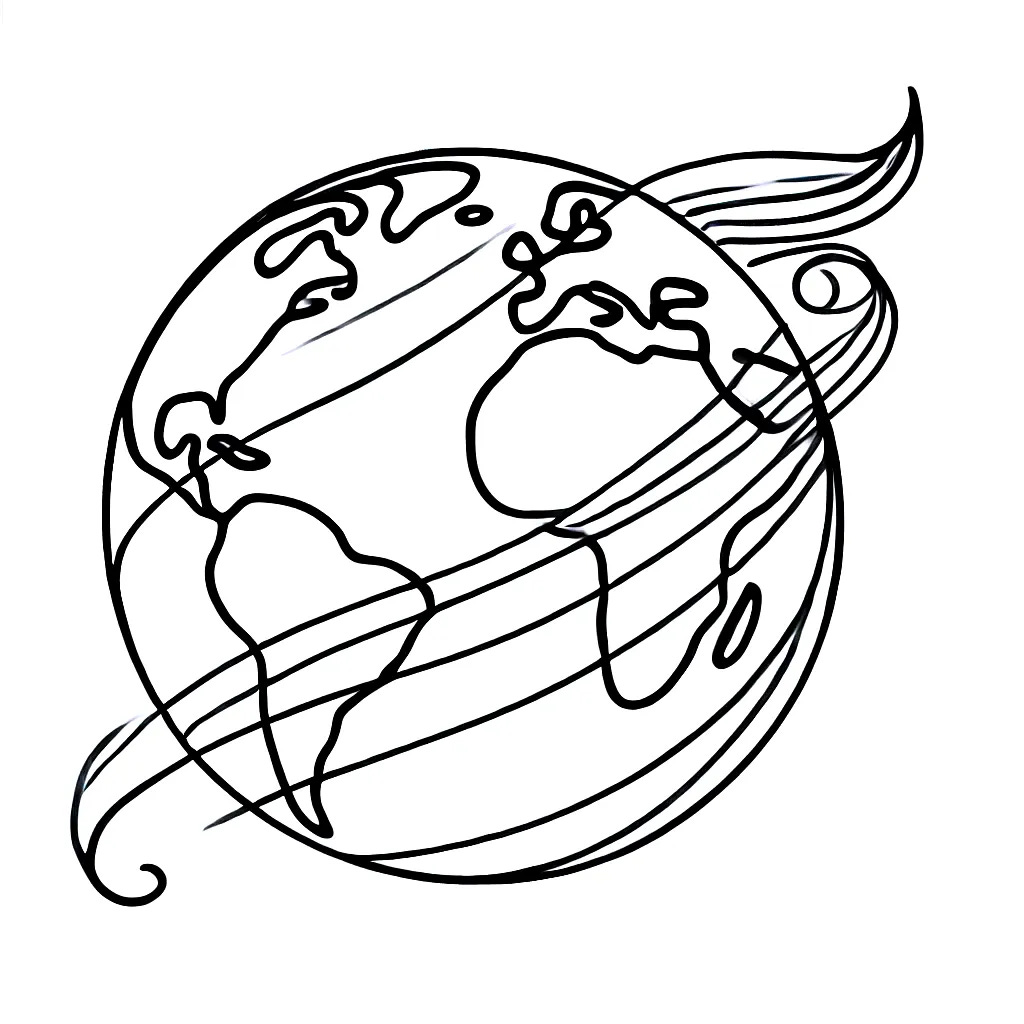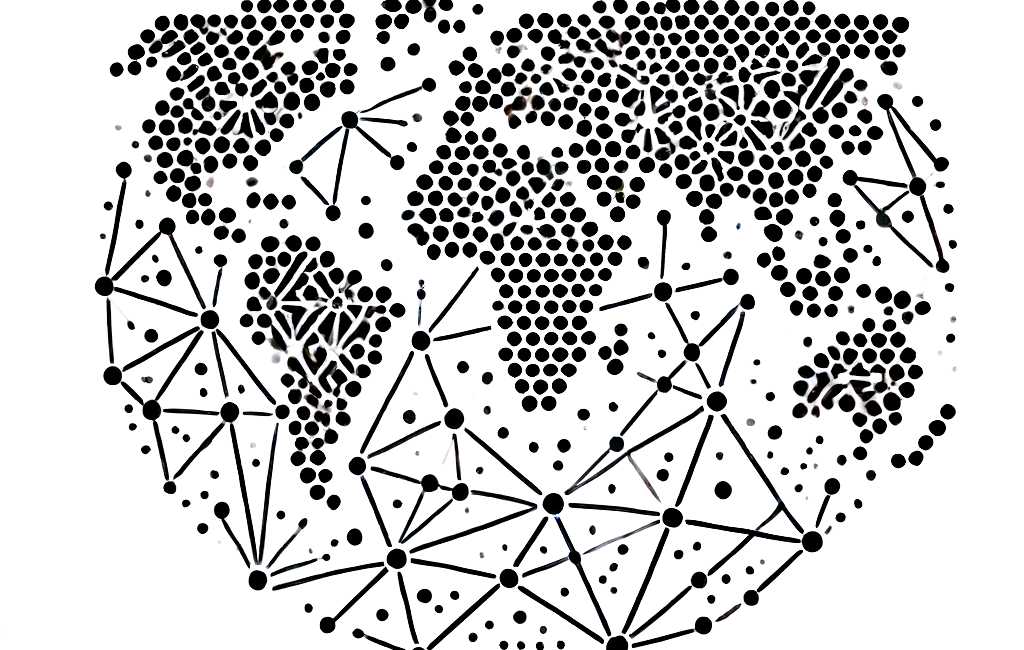Turn Headwinds into Tailwinds
How to gain a competitive edge to go further, faster.
In the article, “The Eight Headwinds Threatening Global Growth in 2025,” published by Project Syndicate, economist Dambisa Moyo identifies eight key headwinds that threaten global economic growth and stand to negatively impact businesses worldwide:
No World Order
Geopolitical tensions among global powers - particularly the US, China, and Russia - are deepening, compounded by new alliances like the expanded BRICS bloc. This shift from multilateralism to fragmentation disrupts trade, reconfigures supply chains, and undermines collective efforts to address global challenges such as climate change.Populism and Domestic Politics
Political polarisation, amplified by populist movements, destabilizes policy-making in advanced economies. Fiscal pressures from expanding welfare programs constrain governments’ ability to fund essential services like health, education, and infrastructure, heightening uncertainty and economic volatility.AI and Technological Disruption
While generative AI promises productivity gains and economic growth, it also risks displacing millions of jobs and overloading energy systems. The rush of investment into AI, often speculative, could lead to significant capital misallocation, with long-term societal and environmental consequences.Demographic Changes Could Impede Growth
Ageing populations in developed economies strain social welfare systems and reduce workforce productivity. Simultaneously, poorer countries with growing populations face limited economic opportunities, resulting in lower per capita income and widening global disparities.Rising Disparities
Income and wealth inequality, both within and between nations, stifle growth by eroding consumer demand and social mobility. The concentration of resources in wealthier nations exacerbates global economic divergence, leaving developing economies further behind.Resource Scarcities and the Energy Transition
The growing scarcity of critical resources, including arable land, water, and rare-earth elements, drives up costs and fuels inflation. Efforts to transition to renewable energy are impeded by geopolitical instability, insufficient investment, and inadequate infrastructure.Strained Government Budgets and Fiscal Pressures
Unsustainable debt levels in advanced economies - exacerbated by rising interest payments and deficits - limit fiscal flexibility. Governments face challenges in maintaining public goods and stimulating growth, reducing resilience to future shocks.Accelerating Deglobalization
The retreat from globalization - manifested through trade barriers, restricted capital flows, and tightened immigration policies - weakens economic interconnectedness. This shift disrupts supply chains, reduces growth opportunities, and strains international relations.
These factors collectively pose significant challenges to business leaders over the next year and in the coming decade.
So What for Business Leaders?
Leaders seeking to secure wins in 2025 and beyond can gain a competitive edge from actionable and practical strategies that respond to trends, technologies, and threats emerging from anywhere in the world. Conversely, when these headwinds remain theoretical or too broad, they often negatively impact business leaders by amplifying challenges driven by complex economic, social, and business shifts.
These headwinds can also be leveraged to think, act, lead, and succeed globally. For businesses with one employee or 10,000, headwinds can essentially become tailwinds to get further, faster.
Here’s how:
1. De-Risk and Diversify to Build Resilience
Action: Adapt business models to mitigate risks posed by deglobalization, resource scarcity, and geopolitical tensions. Diversify revenue streams, supply chains, and market presence, focusing on intangibles like intellectual property and digital offerings.
Tactics:
Explore global digital platforms to test markets with minimal financial exposure.
Invest in regional and localised supply chain solutions to reduce dependency on global hubs affected by fragmentation.
Assess your ability to de-risk and diversify efficiently with minimal cost and effort, in a short diagnostic [here].
Outcome: A robust, adaptive business model that can withstand shocks and thrive amidst geopolitical and economic shifts.
2. Leverage Global Networks for Competitive Advantage
Action: Build relationships in key geographies and industries, targeting markets reshaped by geopolitical fissures, such as BRICS nations or resource-rich regions.
Tactics:
Engage with cross-border networks, including industry groups, trade forums, and online communities.
Tap into pools of top global talent for a project or longer to learn from and leverage their expertise and diverse worldview, network, etc.
Build partnerships with middle-power nations like India and Brazil to tap into their growing influence and consumer bases.
Outcome: Greater access to diverse insights, innovations, and collaborative opportunities, enabling businesses to lead in fragmented global markets.
3. Embed a Future-Focused Strategy Using Futures Thinking
Action: Use futures thinking to anticipate and adapt to global headwinds like demographic shifts, resource scarcities, and AI-driven disruption.
Tactics:
Conduct scenario planning to evaluate risks and opportunities in emerging economies and technologies.
Identify early signals of change, such as shifts in youth-driven markets or evolving energy landscapes, to shape proactive strategies.
Align operations with global trends like sustainability and inclusive growth, leveraging the UN Sustainable Development Goals for long-term alignment with societal priorities.
Outcome: Enhanced ability to make informed decisions, seize emerging opportunities, and maintain strategic relevance in a rapidly changing global environment.
4. Innovate Through Purpose and Profit
Action: Explore sectors where social impact and profitability intersect, leveraging business innovation to address inequality, climate challenges, and technological disruption.
Tactics:
Monitor and explore scalable solutions in renewable energy, health tech, or digital inclusion that address unmet needs in emerging markets.
Partner with grassroots innovators to uncover new pathways for commercial growth and social impact.
Outcome: A dual mandate of purpose and profit that secures market leadership while addressing pressing global challenges.
5. Adopt an Explorative and Adaptive Mindset
Action: Approach headwinds like deglobalization and AI disruption with curiosity, seeing challenges as opportunities to innovate and lead.
Tactics:
Use broad market intelligence to identify trends, technologies, and shifts in consumer behaviours.
Foster a culture of experimentation, encouraging teams to test new solutions and rethink traditional business approaches.
Outcome: A nimble, forward-thinking organisation that stays ahead of disruptions, fostering innovation and long-term success.
6. Build a Global Inner Circle to Strengthen Strategic Decision-Making
Action: Cultivate a trusted network of global peers and leaders, industry experts, and collaborators to access cutting-edge intelligence, broaden perspectives, and strengthen your strategic capabilities.
Tactics:
Identify and connect with individuals across industries and regions who can provide unique insights into emerging trends and risks.
Use your global inner circle to test ideas, validate assumptions, and refine your strategic narrative before making high-stakes decisions.
Leverage this network to uncover market opportunities and partnerships that align with long-term growth goals.
Outcome: Lower-risk decision-making grounded in diverse intelligence, enabling stronger recommendations and strategies that enhance growth potential and global impact.
Set Sail into 2025
The headwinds of the coming year are set to intensify. It is possible to harness them as tailwinds, enabling business leaders to go further, faster.
How we see the world determines what we achieve in it.
See more of the world.
Make better sense of global shifts.
Secure greater strategic wins.
What one action would you like to take that turns global headwinds into a strategic tailwind in 2025?
25 Reasons to Expand Your Worldview in 2025
In 25 days, it will be 2025. Over the past year, we’ve explored key global shifts shaping how leaders think, act, and lead globally for a strategic edge.



